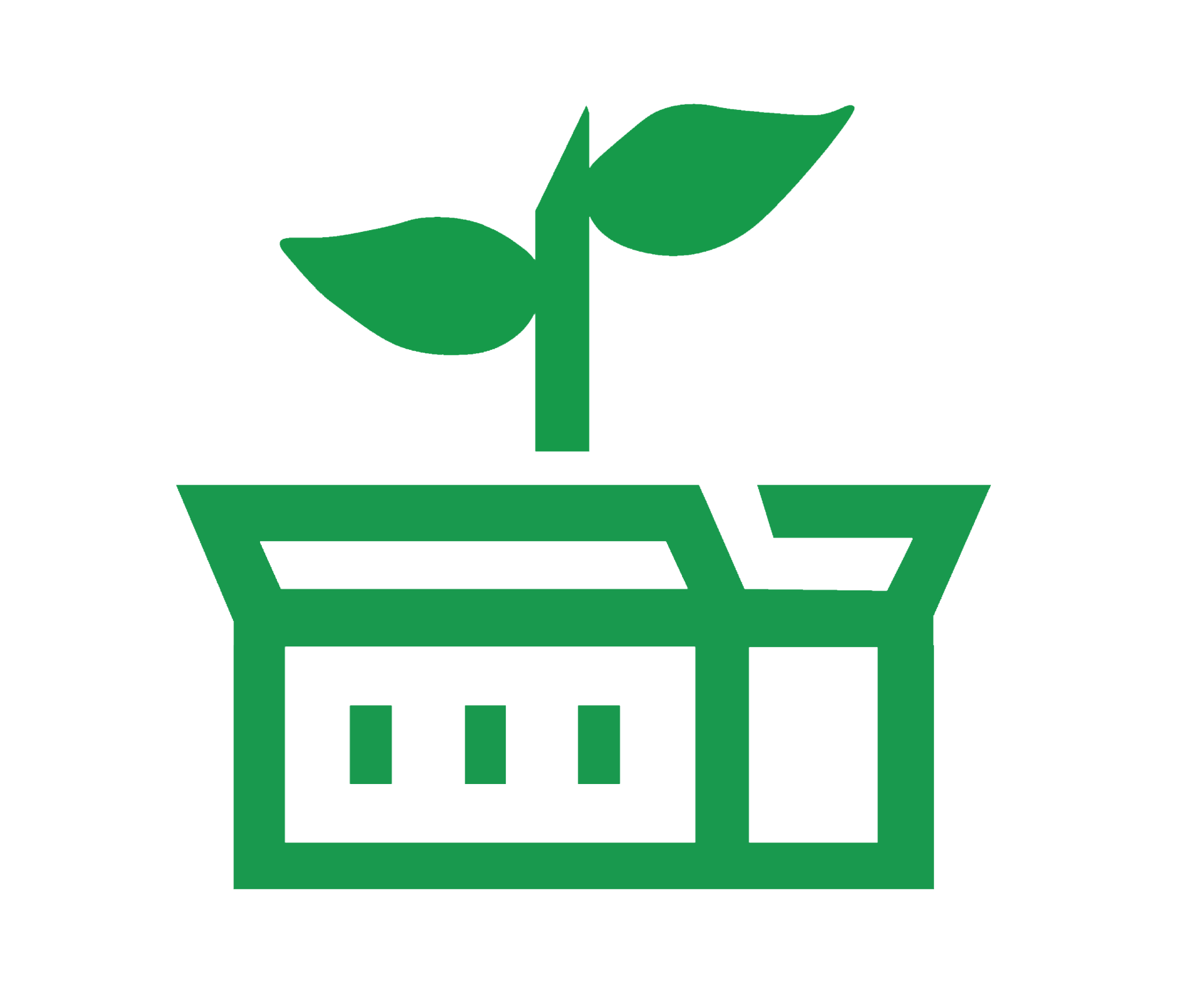This time of year is the best! I love fall. Fall is when farmers, well at least fresh market farmers, are in that part of the race where you start your “kick” to finish the race well. By now most of us have been harvesting all summer and are tired. The summer harvesting is what pays the bills (e.g., weeding, fertilizer, seed, and labor), but now we are heading toward fall.
Every farmer I know has a bead on what the fall will look like in July. We can tell if the crops need water, weeding or some feeding, and based on these observations, reasonable expectations can be drawn. Nevertheless, getting the crops out of the field and into your boxes has a lot of variables in play. For the most part, however, farmers know how the fall is shaping up in July!
After getting through my son’s August wedding, I am turning my attention to the winter squash and potato crops. All summer I have been eyeing those delicatas, carnival, acorn, turbin, two kinds of sugar pie pumpkins and few cindarellas. I love growing squash. We plant it by the handful and harvest it by the truckload. All squash have an amazing yield and a diversity of flavors and cooking methods: baked, pureed, roasted, steamed, soups and pies. Hmm! Hmm! A few more weeks and we will be picking the first squash of the season.
Potatoes are a close second. This year we have four varieties: one yellow, two reds and a purple. Every year I am always surprised by the amount of potatoes under the “hills.” I know I planted them, but it just seems like a miracle every year. The kiddos and I head out and pull up a couple plants and there they are—big beautiful potatoes! The ritual just brings a smile to my face every time we do it. And now that I have a grandson, the tradition gets to continue!
Lastly, we are “harvesting” a new packing and processing facility in the City of Stanwood. It has been in the works for over a year, but it looks like we will be moving to the new facility in October.
Between the wedding and the building, plus all the farming, the final leg of this year’s race (aka, farm season) will surely require a little R&R. I just might need the whole winter to recover. Oops…got caught day dreaming! Back to work—there is still a lot to do before then!


